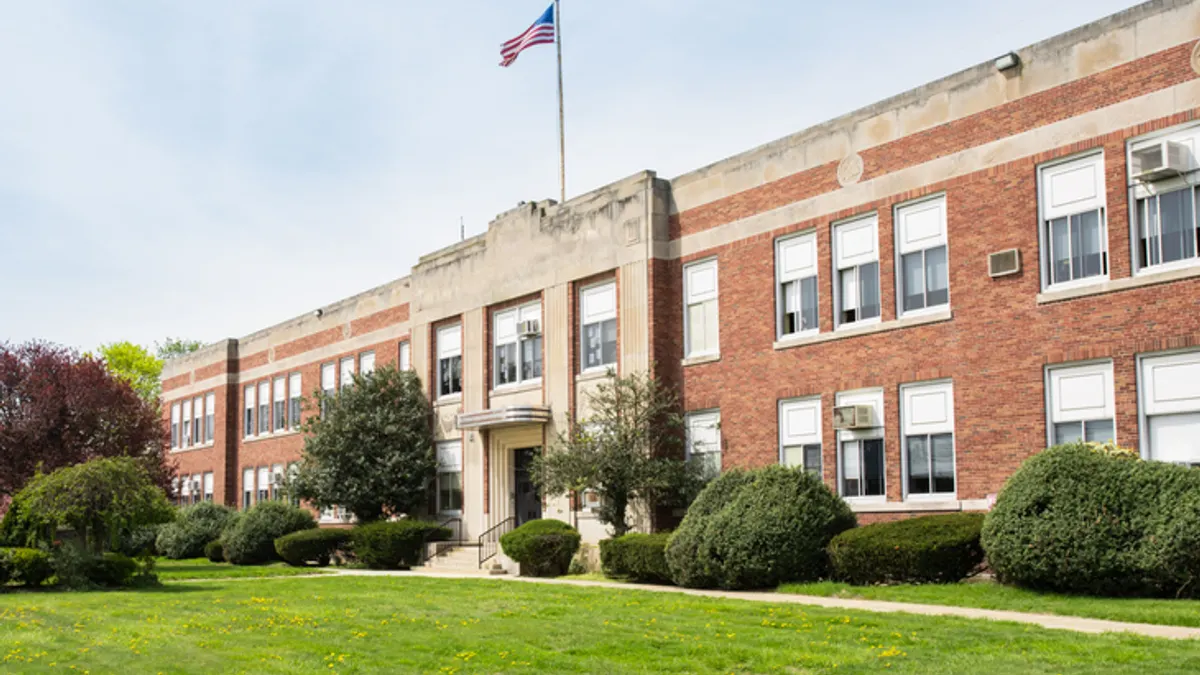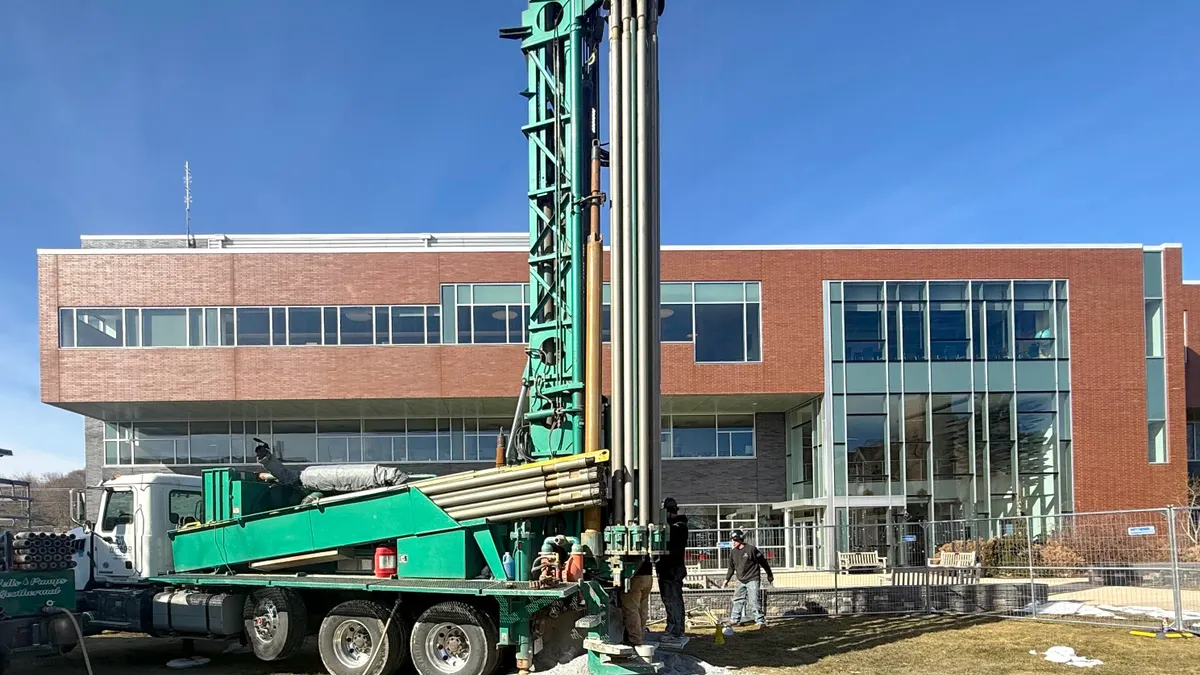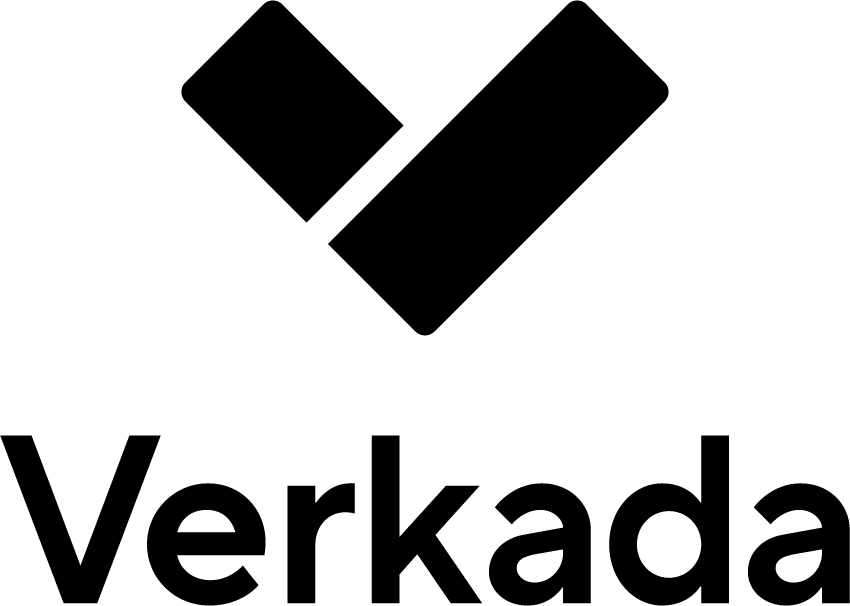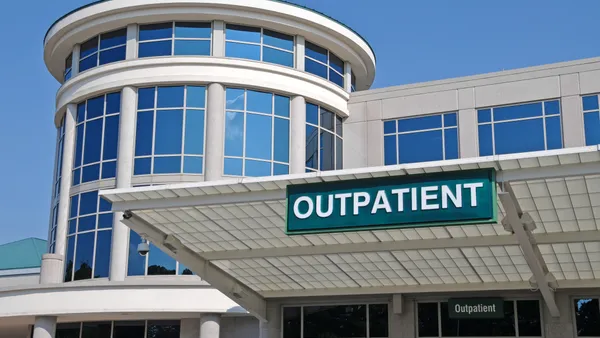Dive Brief:
- The California Legislature is considering a bill that would allow school districts to include operating, maintenance and repair costs in school facility rental fees charged to civic groups and other non-student users.
- s public school districts face heightened uncertainty over state and federal funding, advocates say AB 503 would restore an important funding stream that lapsed when a key provision of a predecessor law, the Civic Center Act, expired in January.
- “Without the ability to recoup these direct costs, districts would be forced to divert crucial funding from core educational programs,” said Jeff Benjamin, CEO of Facilitron, a California-based facility rental platform.
Dive Insight:
Under California’s Civic Center Act, school districts can and in some cases must allow for the use of school facilities or grounds by certain nonprofit and youth organizations.
With some exceptions for religious organizations and events where organizers charge admission fees, the original text of the Civic Center Act limited facility rental fees charged by the school district to “an amount not to exceed its direct costs for use of its school facilities or grounds.”
A 2012 amendment to the law expanded the definition of “direct costs” to cover “a specified share of the operating and maintenance costs proportional to the entity’s use of the school facilities or grounds and a share of the costs for maintenance, repair, restoration, and refurbishment of the school facilities or grounds proportional to that entity’s use of the school facilities or grounds.”
The California Legislature passed a five-year extension of the expanded definition before its originally scheduled lapse date on January 1, 2020, but failed to extend it a second time. Since January 1, California school districts have been limited to the original “direct costs” definition.
The change comes at a bad time for the state’s public school districts, which face a funding crunch as COVID-era support for education fades, Benjamin said.
In 2020 and 2021, Congress passed three rounds of federal financial support for U.S. schools, totaling nearly $200 billion. Districts have largely spent that money on a range of permitted activities, including addressing student learning loss, improving technology access and bolstering emergency preparedness.
Meanwhile, state and local education funding is also tightening up as nonprofits and civic groups ramp up use of school facilities as convenient, lower-cost gathering places, which has accelerated wear and tear, Benjamin said.
Until last year, California was one of the few states that did not have a permanent funding stream for school facility repairs, according to CalMatters. That changed in November, when voters approved a ballot measure to issue $10 billion in state bonds for repairs to K-12 and community college facilities. But advocates who spoke to CalMatters in 2023 said that measure likely would not be enough to cover deferred maintenance at thousands of school sites across the state.
“Facilities fees are increasingly essential. They provide a dedicated revenue stream to cover the true costs of community access, ensuring these vital facilities remain safe and functional,” Benjamin said.
Facilitron works with hundreds of California school districts, many of which expressed “uncertainty” to Benjamin after the direct costs extension lapsed earlier this year, he added.
AB 503 passed the California Assembly on a unanimous April 24 vote, and Benjamin expressed hope that it would clear the state Senate, land on Gov. Gavin Newsom’s desk and take effect with little drama. As an “urgency bill,” it requires a two-thirds majority of both houses to pass.











